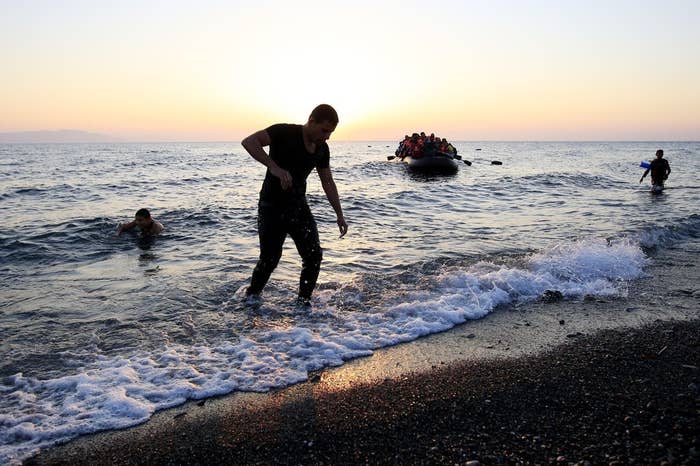
The government is coming under increasing pressure to take in more refugees from the war in Syria, with former foreign secretary David Miliband saying on Wednesday that not welcoming more refugees would be "an abandonment of the UK's humanitarian traditions" of the 1930s and '40s.
However, David Cameron has said there is little point taking in "more and more" refugees, adding that it's more important to bring "peace and stability" to the areas refugees are coming from. So far, 216 people have been accepted under the Syrian Vulnerable Persons Relocation Scheme, with a further 2,000 asylum applications from Syrians in the 12 months before June.
Here are seven times from history that prove the UK hasn't always been so reluctant to take in refugees from wars and humanitarian crises.
1. The Huguenots, 15th-18th centuries
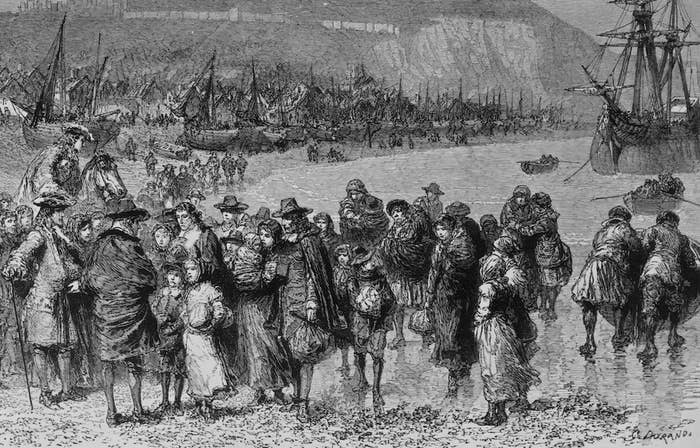
Around 50,000 Huguenots arrived in England in the 16th, 17th, and 18th centuries. They were members of the French Protestant church fleeing persecution from Catholics, most notably after the St Bartholemew's Day Massacre in 1572, when as many as 30,000 Protestants were killed and thousands more escaped to the Protestant nations of Europe, including England and Scotland. It remains one of the biggest ever movements of people into Britain.
2. Jewish refugees, 1930/40s
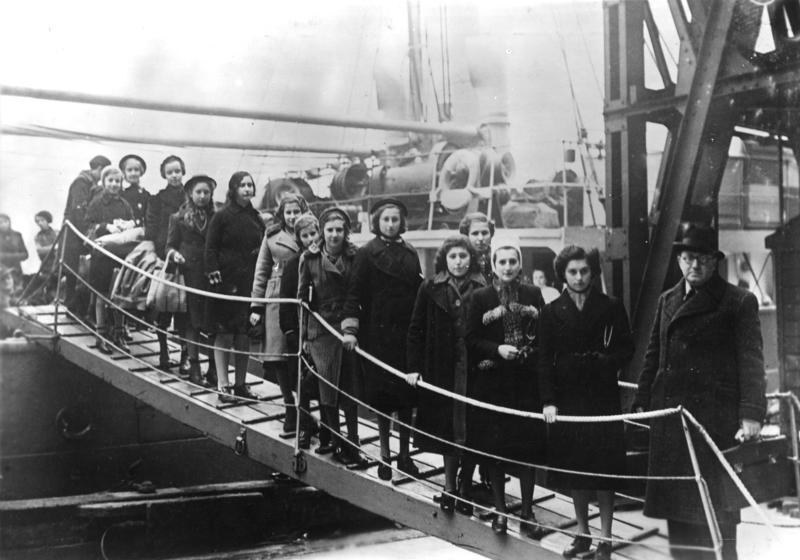
By the outbreak of the war in September 1939, the UK had taken in around 70,000 Jewish refugees from Germany and Austria who were fleeing Nazi persecution.
This included around 10,000 children who were allowed in to the country without visas in what's known as the Kindertransport, arranged in response to the Kristallnacht, which saw Jews murdered and their businesses and places of worship destroyed. The children were housed in foster homes, hotels, and hostels throughout the UK, with many contributing to the war effort at home.
However, taking in Jewish refugees was met with some opposition in the national press, such as in this Daily Mail article that warned of Jews "pouring in to this country".
Sound familiar? But in 1940, #Syria was sanctuary for Jews fleeing Europe! Read @ishaantharoor http://t.co/A9FCY3qDHD
3. Basque children, 1930s
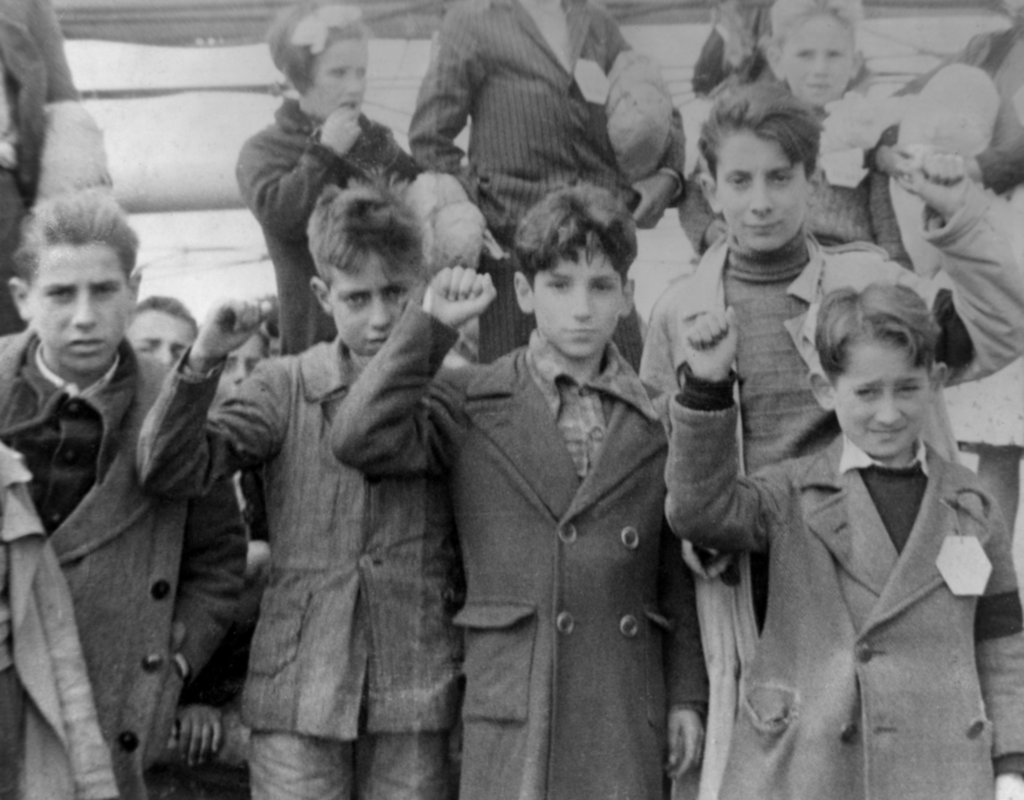
During the Spanish civil war, around 4,000 children were evacuated from the Basque region of northeast Spain. Following the bombing of Guernica in April 1937 – considered to be one of the first bombings of a civilian population – public sympathy lay with the children, and their rehousing was hastily arranged.
The children arrived in Britain on a ship called the Habana and were initially housed in an overcrowded temporary camp in Eastleigh set up by volunteers. Within a few months the children had been rehoused in foster home throughout the country, and 400 decided to stay in the UK after the end of the civil war.
4. Hungarian refugees, 1956

In 1956, Hungarians rose up against Soviet rule but the uprising was quickly crushed when Russian tanks rolled over the border to Hungary. Around 200,000 people fled the country after it became clear Soviet rule would carry on, with around a tenth of them seeking refuge in the UK. In 2006, surviving refugee Peter Farago told The Guardian that he had been welcomed into the country but was concerned that things had now changed.
"People were incredibly friendly," said Farago. "I think it must be horrible now but journalism was very different then and the press was very positive about migrants. No one made me feel I didn't belong."
5. Asian Ugandan refugees, 1972
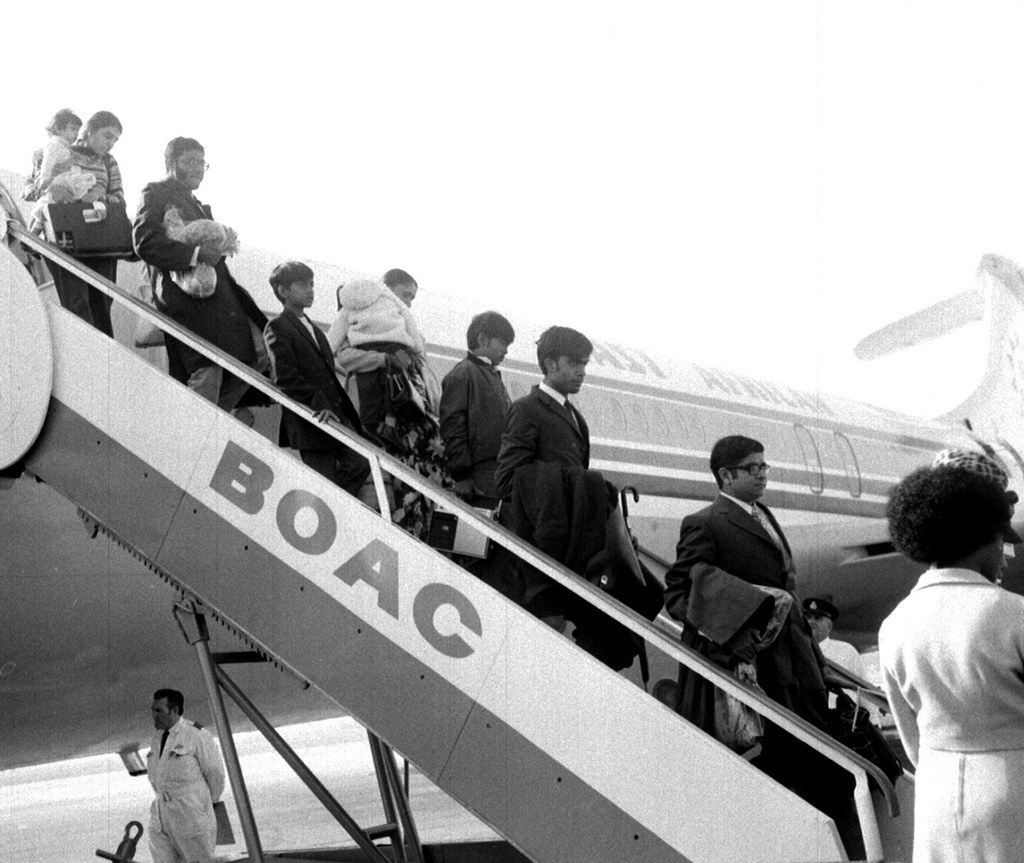
In 1972, dictator Idi Amin denounced Asian people in Uganda as "bloodsuckers" stealing the country's wealth and ordered all of them to leave Uganda within 90 days. That was around 60,000 people, and the UK welcomed in around 25,000 of them.
It was met with opposition at the time – the crisis happened a few years after Enoch Powell's "Rivers of Blood" speech had done much to politicise the issue of migration. Cabinet papers released in 2003 revealed that the then Conservative government wanted to house the refugees on a remote island rather than let them enter the UK.
6. Vietnamese boat people, 1970/80s
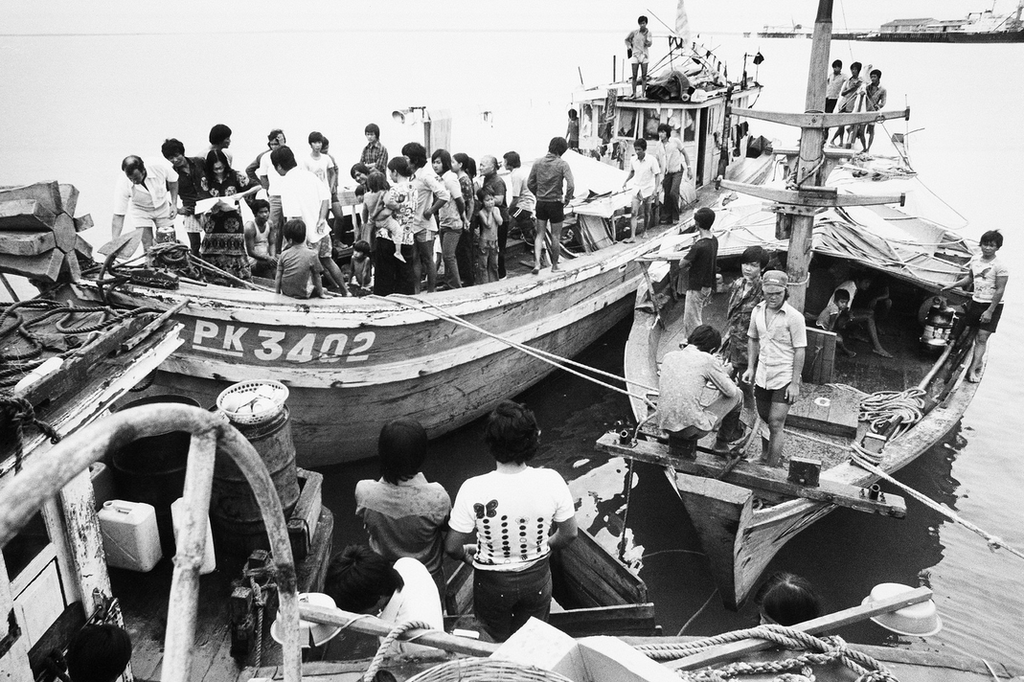
Around 19,000 Vietnamese refugees, known as the "Boat People", fled from the incoming communist government after the end of the Vietnam war in 1975 and ended up in the UK. They left via boats or ships destined for southeast Asian countries, including the territory of Hong Kong, then a British colony.
They arrived in such vast numbers that the British government came under pressure to rehouse some of them within UK, although papers released in 2009 showed that Margaret Thatcher had been reluctant to take them in, warning of "riots on the streets".
7. Kosovar refugees, 1990s

The outbreak of war in Kosovo in 1998 led to a huge exodus of people affected by the conflict. An official humanitarian programme led to just over 4,000 refugees arriving in the UK, and another estimated 20,000 made their way to the UK independently as asylum-seekers.
One refugee, Avni Gosalci, arrived in the UK with his wife and baby daughter in 1999. At the time, he told the BBC: "We are very grateful for everything this country has done. Even in the camps, the British were very sensitive and helpful."
